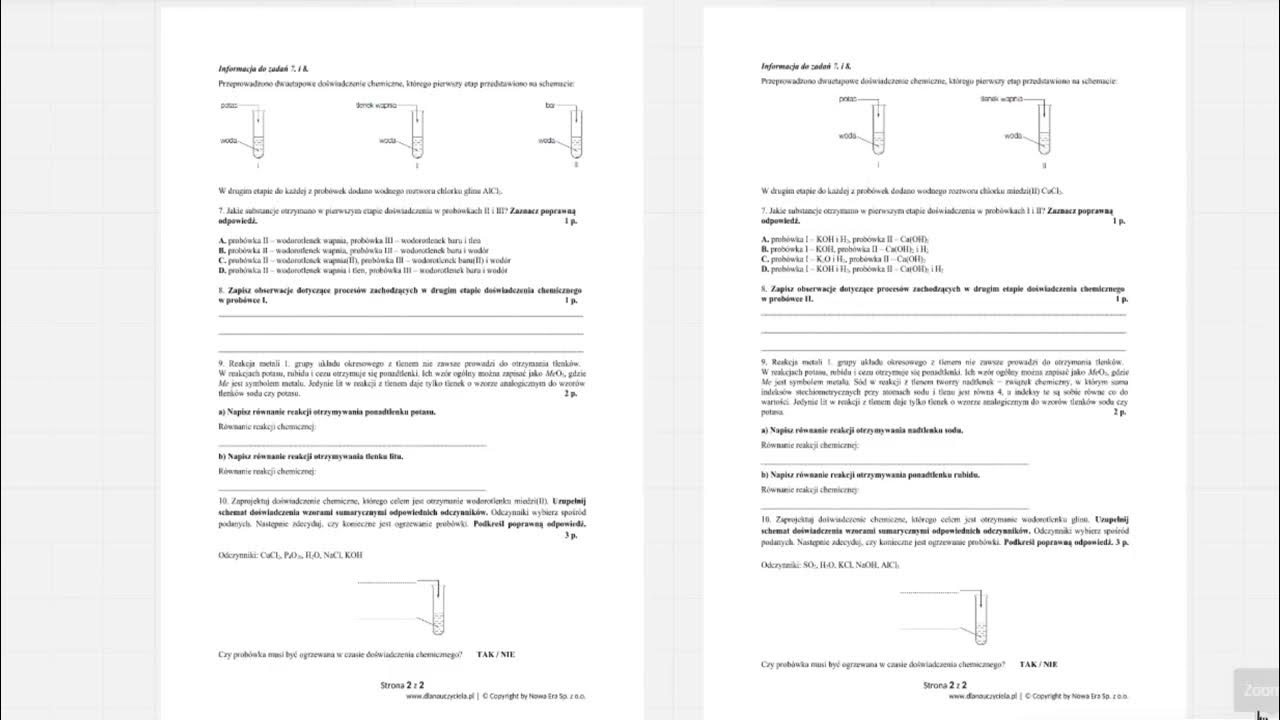Sprawdzian Z Chemii Woda I Roztwory Wodne Wsi

Sprawdzian z Chemii: Woda i Roztwory Wodne, focusing on the scope of the subject taught in WSi (likely referring to "Wydawnictwa Szkolne i Pedagogiczne" or similar publishing house), assesses a student's understanding of water's properties and the behavior of substances dissolved in water.
A key aspect is understanding the structure of the water molecule (H2O). It's a polar molecule due to the unequal sharing of electrons between oxygen and hydrogen, creating partial positive and negative charges. This polarity is crucial for water's unique properties.
Next comes the concept of solubility. This refers to the maximum amount of a substance (solute) that can dissolve in a given amount of solvent (water) at a specific temperature. Factors affecting solubility include temperature, pressure (especially for gases), and the nature of the solute and solvent.
Understanding types of solutions is vital. Solutions can be unsaturated (more solute can dissolve), saturated (no more solute can dissolve), or supersaturated (containing more solute than normally possible at a given temperature, often unstable).
Concentration is the amount of solute present in a given amount of solution. Common units for concentration include molarity (moles of solute per liter of solution) and percentage concentration (grams of solute per 100 grams of solution).
Finally, knowledge of electrolytes and non-electrolytes is assessed. Electrolytes are substances that dissociate into ions when dissolved in water, allowing the solution to conduct electricity (e.g., NaCl). Non-electrolytes do not dissociate and do not conduct electricity (e.g., sugar).
Przykład: Oblicz stężenie molowe roztworu, w którym rozpuszczono 58.5g NaCl w 1 litrze wody. Drugi przykład: Wyjaśnij, dlaczego sól kuchenna (NaCl) rozpuszcza się w wodzie, a olej nie.
This knowledge is fundamental in many real-world applications, from understanding biological processes in living organisms (which are largely water-based) to industrial processes like water purification and chemical reactions in aqueous solutions. Knowing how substances interact in water is essential for various scientific and technological fields.





